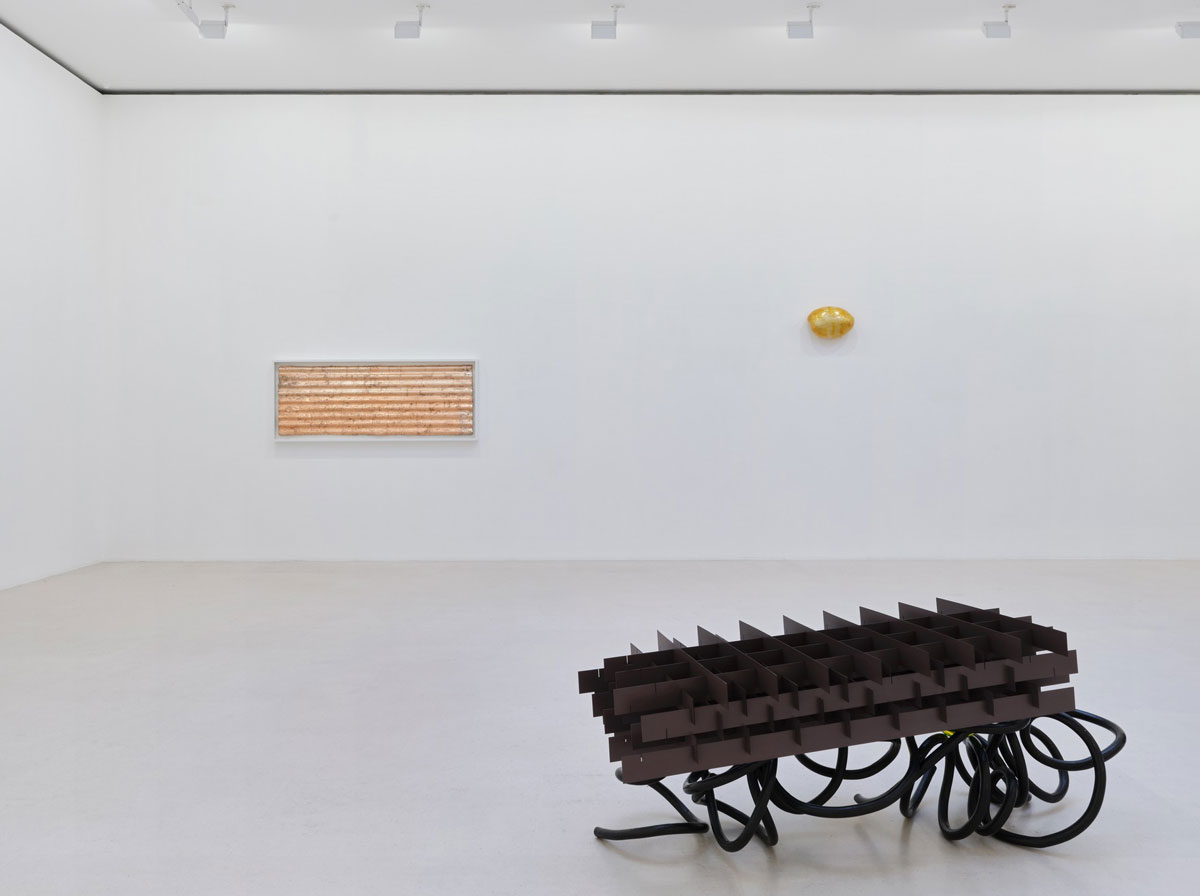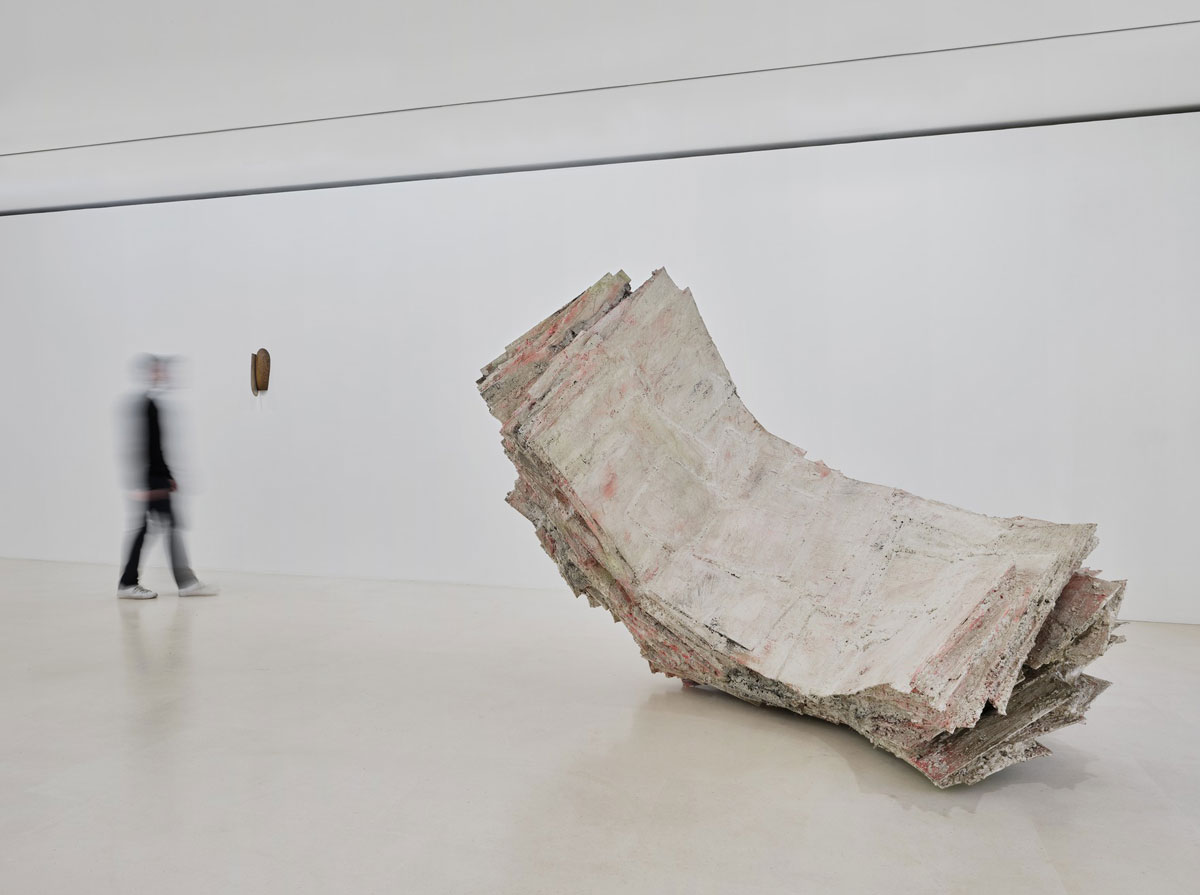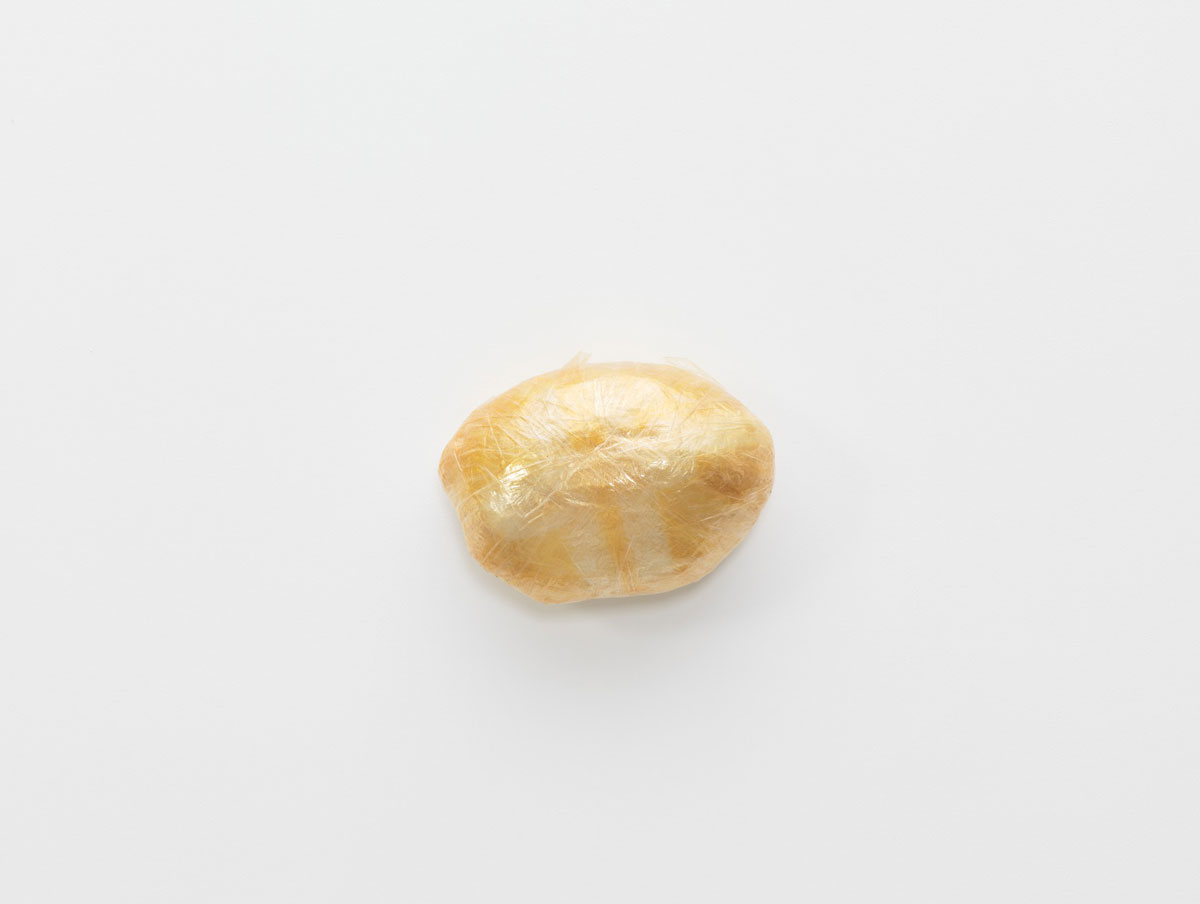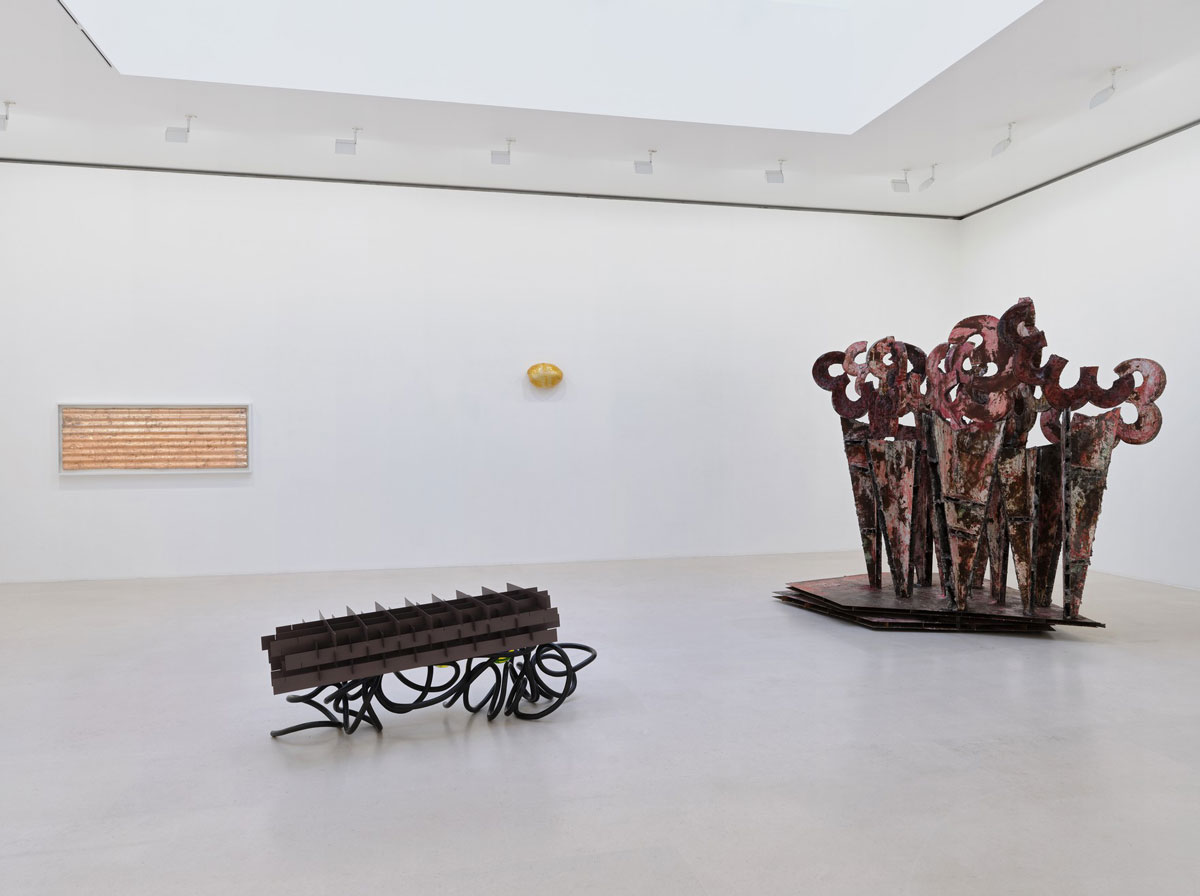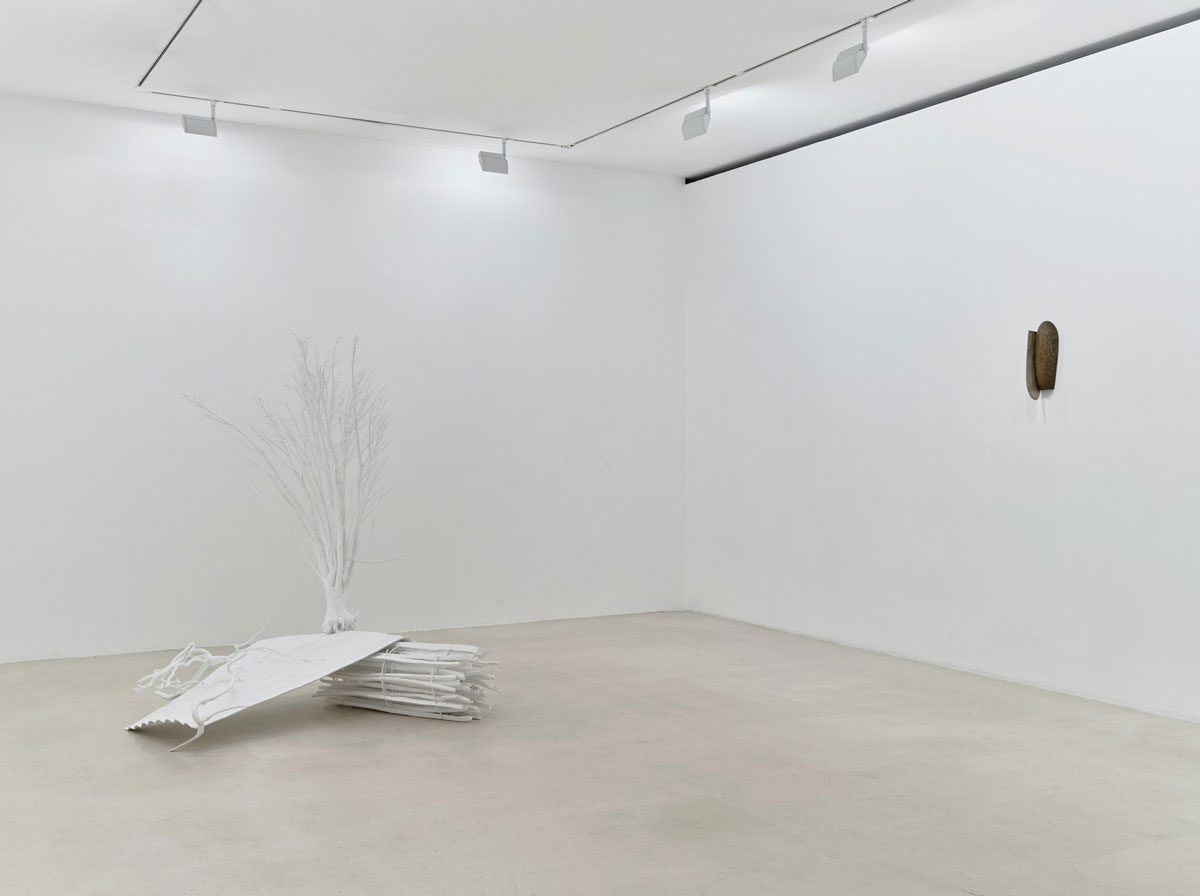ART CITIES: Paris-Phyllida Barlow, Rachel Whiteread & Alison Wilding
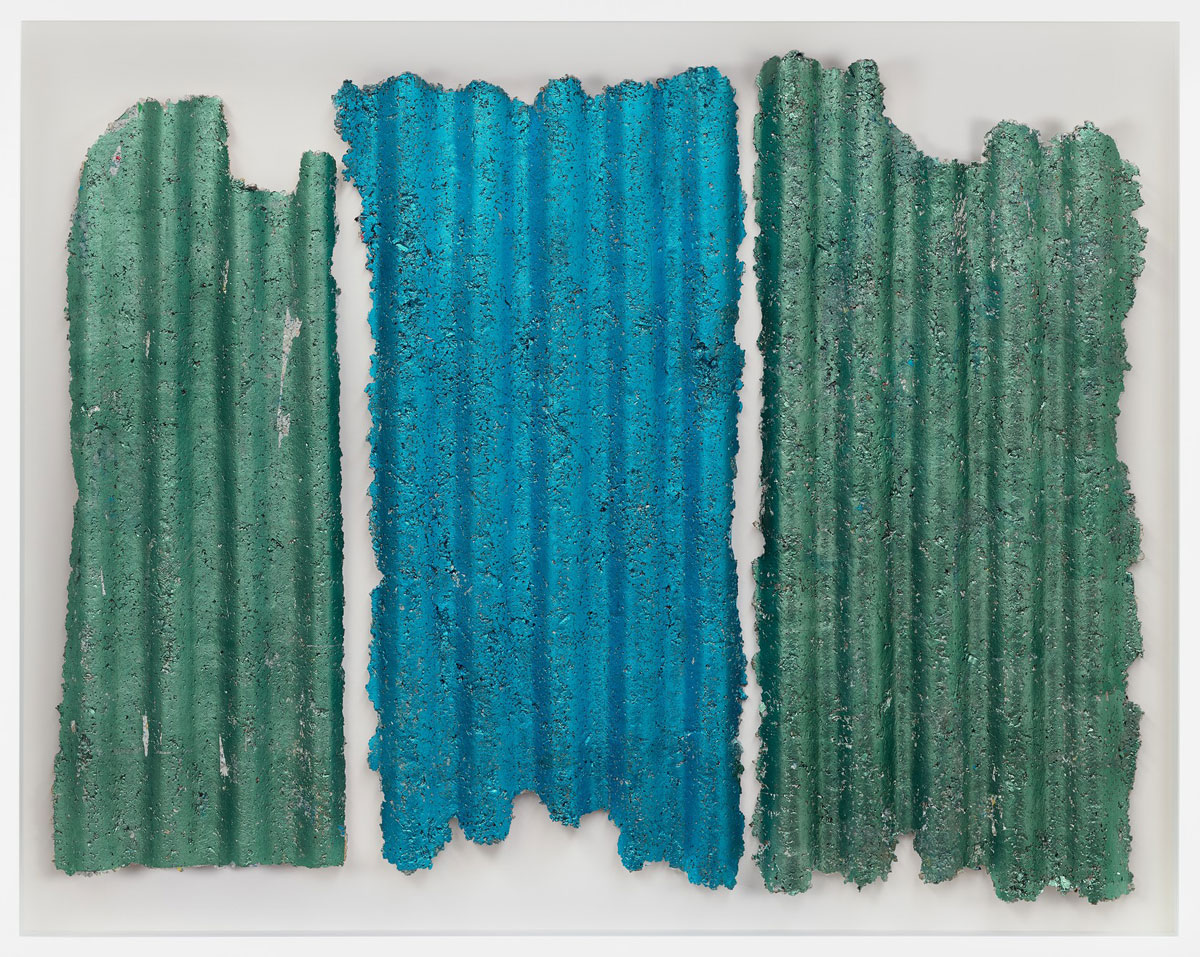 The exhibition “Hurly-burly” realizes the long-standing desire of three women artists to collaborate on an exhibition. The exhibition features several works by each artist, providing viewers with a rare opportunity to compare their diverse but interconnected approaches. It is presented not as a conversation between the works themselves, but rather as a record of an ongoing exchange between the personalities and visions behind them.
The exhibition “Hurly-burly” realizes the long-standing desire of three women artists to collaborate on an exhibition. The exhibition features several works by each artist, providing viewers with a rare opportunity to compare their diverse but interconnected approaches. It is presented not as a conversation between the works themselves, but rather as a record of an ongoing exchange between the personalities and visions behind them.
By Efi Michalarou
Photo: Gagosian Archive
Phyllida Barlow, Rachel Whiteread, and Alison Wilding never saw or discussed what the others were making during the run-up to “Hurly-burly”. The exhibition’s title makes playful reference to another famous alliance, in the opening scene of Shakespeare’s Macbeth. It also alludes to the ever-changing character of the art world that Barlow, Whiteread, and Wilding have observed and participated in over the course of their careers. Wilding first met Barlow in London in 1969 when the latter was teaching at Chelsea College of Art, and both met Whiteread in 1982 at Brighton Polytechnic, where they were her tutors. Barlow and Wilding left Brighton to teach at London’s Slade School of Fine Art, and Whiteread followed them there to study sculpture and worked as an assistant to both. The three have remained friends throughout the forty years since. For more than 50 years, Phyllida Barlow has taken inspiration from her surroundings to create imposing installations that can be at once menacing and playful. She creates anti-monumental sculptures from inexpensive, low-grade materials such as cardboard, fabric, plywood, polystyrene, scrim and cement. These constructions are often painted in industrial or vibrant colors, the seams of their construction left at times visible, revealing the means of their making. Barlow makes frequent use of everyday and industrial materials such as cement, plywood, and polystyrene, producing anti-monumental structures that are often painted in vibrant colors, and in which the means of construction have been left strategically on view. In large-scale works such as “modernsculpture” (2022), she plays with balance, mass, and volume, testing and redirecting our negotiation of the physical world, while smaller works such as TORSO (1986–89) encompass wry bodily allusions (the latter is also one of her oldest surviving sculptures). Rachel Whiteread’s approach to sculpture is predicated on the translation of negative space into solid form. Casting from everyday objects, oftentimes using spaces around or within furniture and architecture, she uses materials such as rubber, dental plaster, and resin to capture every nuance. She was the first woman to win the annual Turner Prize in 1993 and represented the UK at the 1997 Venice Biennale. In her recent sculptures, Whiteread has moved toward the use of more open, natural forms than in her previous cast works, but maintains an acute sensitivity to objects’ fine details. “Untitled (Crease)” (2021–22) and “Untitled (Climber)” (2022) are made from found branches and slats of wood bound together with other materials. Coated in opaque household paint, the ghost-white structures hint at unfinished or interrupted narratives while evoking a fleeting corporeal presence. In smaller wall-mounted works such as Untitled (Lemon and Blue) (2020–22) and Untitled (Blue, Blue, Blue) (2021), Whiteread returns to the casting process, imparting familiar industrial surfaces with unexpected colors and finishes. Alison Wilding has challenged expectations of sculpture since the 1970s. Her innovative practice combines a wide variety of materials, techniques and forms to create sculptures that examine contrasts, whether it be juxtapositions of containment and concealment, stability and instability, entrapment and mobility, or the disparity between the viewer’s assumption of a material and the artist’s manipulation of it. Wilding, for her part, combines a wide variety of techniques and forms to produce eclectic abstract sculptures centered on material contrast, concealment, and disparity. She rejects any traditional hierarchy of materials, whether industrial or organic, reclaimed or repurposed, and her selection frequently arises from what is available to her at any given time. “X” (2018) is an elegant segmented double curl of patinated brass that resembles a shell or spiral staircase, while the spiked top of the copper tube in “Pointing” (2021) transforms it into an extended archetypal crown, rising from a hexagram-shaped azobé base.
Photo: Rachel Whiteread, Untitled (Blue, Blue, Blue), 2021, Papier-mâché and silver leaf, in 3 parts, overall: 31 ½ × 39 ⅜ inches (80 x 100 cm), © Rachel Whiteread. Photo: Prudence Cuming Associates Ltd, Courtesy the artist and Gagosian
Info: Gagosian Gallery, 4 rue de Ponthieu, Paris, France, Duration: 19/1-4/3/2023, Days & Hours: Tue-Sat 10:30-18:30, https://gagosian.com/


Right: Rachel Whiteread, Untitled (Crease), 2021–22 Wood, metal, paint, and resin, 76 × 91 ⅜ × 41 inches (193 × 232 × 104 cm), © Rachel Whiteread. Photo: Prudence Cuming Associates Ltd, Courtesy the artist and Gagosian
